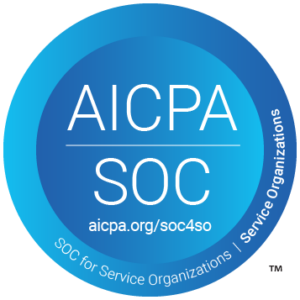Introduction
The Office of Federal Student Aid (FSA) has announced the release of the 2025-26 Free Application for Federal Student Aid (FAFSA) on December 1, 2024.
This marks the second consecutive year with a delayed release, continuing the trend from last year. FAFSA is crucial for determining students’ eligibility for federal grants, loans, and work-study funds, making it a vital part of financial planning for college-bound students and their families.
The Impact on Students and Institutions
While the new FAFSA aims to simplify the application process, it brings both opportunities and challenges:
- Simplified Process for Students:
The streamlined application is expected to reduce the time and effort required to complete the FAFSA. - Potential Challenges:
Institutions will need to adjust their processes to accommodate the new release date and ensure timely financial aid processing. - Timeliness and Accuracy:
Timely and accurate completion of the FAFSA is crucial for students to receive the financial aid they need.
Steps for Institutions to Navigate the Delayed FAFSA Release
Given the second year of a delayed release, institutions need to focus on several key areas to effectively support students:
- Early Communication:
Begin communicating the new FAFSA release date and changes to students and families as early as possible. Use multiple channels, including text, social media, and in-person events, to ensure wide awareness. - Resource Allocation:
Ensure that financial aid offices and advising teams have the necessary resources and training to support the new timeline. This may include additional staffing or extended work hours to manage the increased demand. - Engage Students Continuously:
Implement strategies to maintain student engagement and reduce anxiety during the extended waiting period. Regular updates, virtual information sessions, and personalized reminders can help keep students informed and motivated. - Update Materials and Training:
Revise all financial aid materials, including brochures, website content, and training resources, to reflect the new FAFSA timeline and process changes. Ensure that all staff are well-informed and prepared to assist students. - Coordinate with Stakeholders:
Collaborate with high schools, community organizations, and state agencies to ensure a unified approach to FAFSA education and support. Provide updated materials and conduct joint outreach efforts. - Monitor and Adapt:
Continuously monitor the impact of the delayed FAFSA release on student behavior and institutional metrics. Be prepared to adapt strategies and resources as needed to mitigate any negative effects.
Encouraging Feedback and Participation
The Department of Education will continue to seek feedback from partners through August listening sessions and a formal request for information (RFI) to be released soon. Institutions are encouraged to participate in these sessions and provide their input to help shape the process.
Phased Approach to FAFSA Implementation
This year, the Department of Education will implement a phased approach to the FAFSA rollout:
- Testing Period: Volunteers will be invited to participate in a testing period. Initially, hundreds of participants will be involved, expanding to tens of thousands over time.
- Full Functionality Launch: This phased approach will allow the Department to test and resolve issues before making the form available to all students. The goal is to launch full functionality, including submission and back-end processing, simultaneously.
Mainstay’s Solutions for Streamlined FAFSA Completion
Mainstay offers innovative solutions to help institutions and students navigate the new FAFSA:
- AI and Coaching Solutions: Our AI-driven platform provides personalized assistance and 24/7 support to help students complete the FAFSA accurately and on time.
- Successful Partnerships: Case studies from our partnerships demonstrate improved FAFSA completion rates and enhanced student engagement.
- Key Features: Mainstay’s platform includes reminders, personalized guidance, and real-time support to streamline the FAFSA process.
The second year of a delayed FAFSA release presents both challenges and opportunities for students and educational institutions. By leveraging Mainstay’s AI and coaching solutions, institutions can ensure a smoother FAFSA process and enhance student success.
Stay Tuned for Updates
Stay tuned for more information from the Department of Education about the testing period. Mainstay will provide a summary of this information once it is available to ensure that our partners stay up to date.


